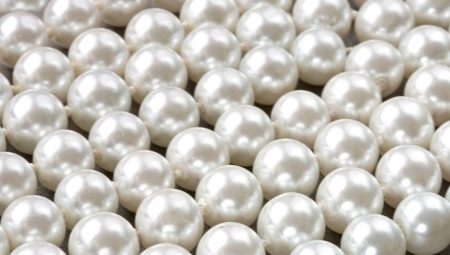Any buyer who at least once wanted to buy jewelry with pearls faced a wide range of prices. In fact, the difference is determined by the type of stone itself. The material in this article will introduce the reader to artificial pearls, tell you what it is, what are its features, pros and cons.
What it is?
Natural pearls today are very rare, which is why more and more often they use its artificial counterpart in jewelry. In fact, this is a replica of natural stone, only in contrast to it, an artificial pearl does not appear inside the sink and does not grow for years, it does not layer layer by layer. Artificial stone is created by human hands. This is a fake pearl, which differs even from cultured stone.
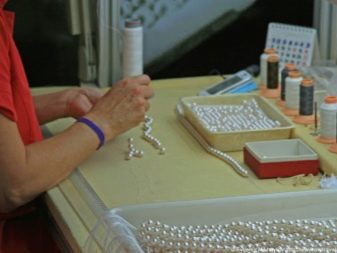
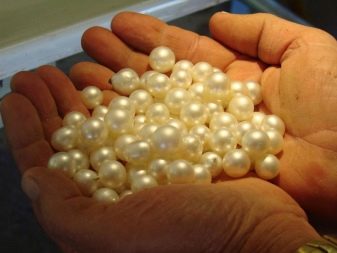
Features of manufacturing different types
Despite the beautiful name, artificial pearls are made of plastic, glass, alabaster, pink coral and hematite. There are no ideas or speeches about any mollusk shells. The resulting beads are covered with special nacre, and in multiple layers. The top layer may consist of real powdered nacre mixed with a binder.
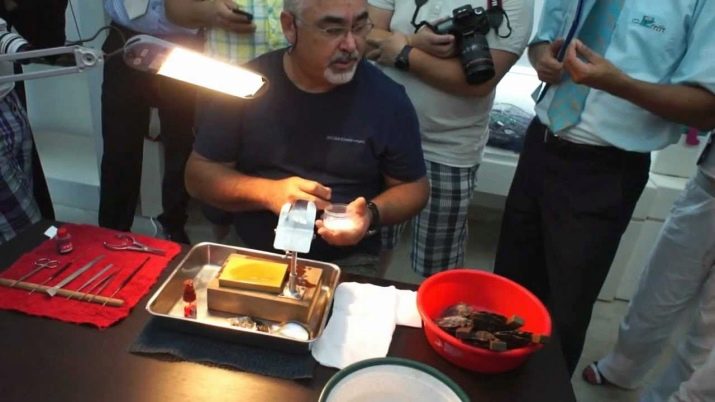
In production shell pearl part of the shell was used as the core, covering it with layers of nacre. Variety majoricaused today is characterized in that the core, which is covered with many layers of nacre, is alabaster. As the mother of pearl in production, an extract from mussels is used. Outwardly, such stones are difficult to distinguish from real pearls.
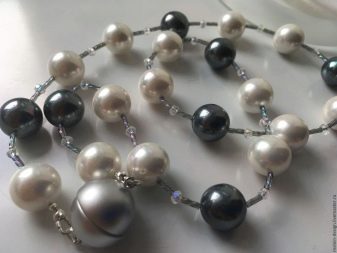
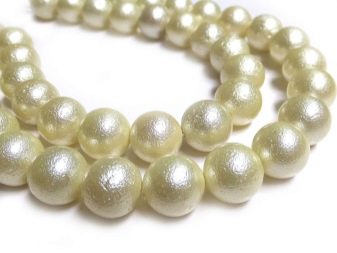
Ohrid pearl there is nothing like Macedonian beads made using special technology made from glass. Pearls Swarovski are crystal beads coated with a special composition. They are heavier than ordinary grains of an artificial mineral, and outwardly they closely copy natural pearls. Unlike him, they are not so capricious in wearing and leaving.
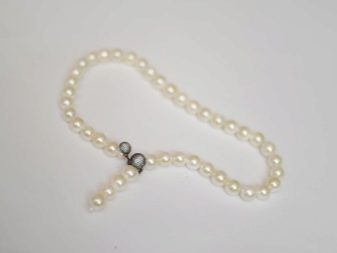
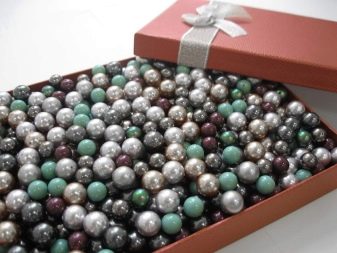
Majorca is the most common way to obtain a synthetic mineral.
In another way, a fake under a natural stone is called an orchid. It is made of porcelain, glass and plastic. Top coated with artificial nacre.
In addition, in the production of stones, in order to strengthen, they are chemically treated with a substance that contains cellulose acetate or nitrocellulose. These minerals are like Burmese cultivated grain. Venetian Synthetic Pearls created from blown glass, the inside of which is filled with wax. It is difficult to distinguish from the present.
As for the newer spheres of production, the so-called shell mineral. Its grains during production are coated with polyamide and a special varnish, which includes mica and plastic. This mineral is gaining great popularity in jewelry today.
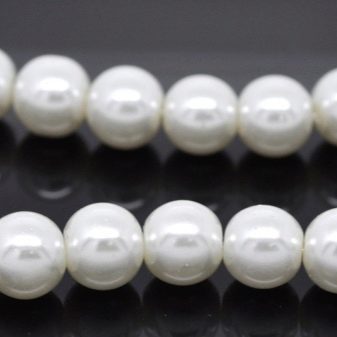
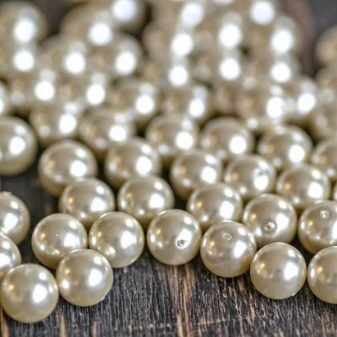
Pros and cons of imitation
A non-natural stone has many advantages. For example, if the imitation is performed qualitatively, it looks expensive, gives high status to jewelry. At the same time, pearl jewelry can be worn for any celebration. They are suitable for women of different age categories and are appropriate in different situations.. Imitation can decorate hairpins, its grains under electric lighting can differ in the effect of light refraction.
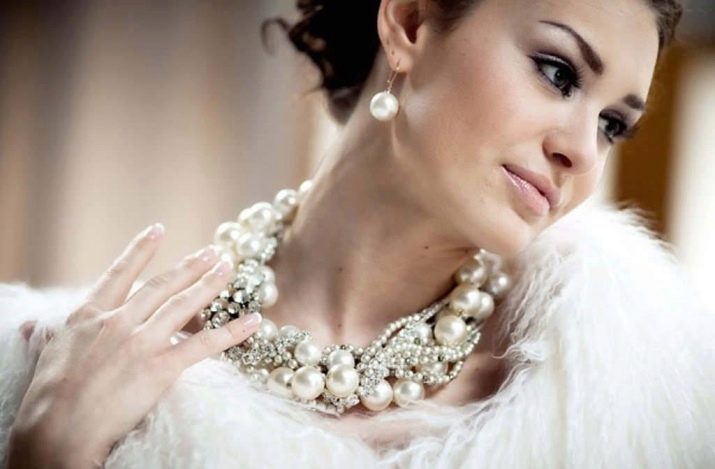
Synthetic mineral is used in jewelry of various types: it can be part of beads, rings, earrings, bracelet. Moreover, unlike real pearls, he is not afraid of the sun, and therefore you can wear it at any time of the year, and especially in summer. It is resistant to sunlight, and therefore does not lose its luster or beauty.

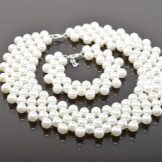
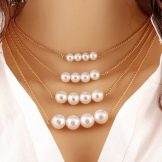
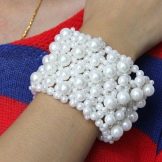
Artificial stone is obtained faster than natural, moreover, its production is not so laborious. A significant advantage of imitation can be called reasonable cost. This fact increases the circle of customers, but at the same time it also increases the circle of unscrupulous sellers offering low-quality goods for sale.
Imitation is used not only in jewelry: these stones become accents of gold and silver jewelry. Moreover, the size of pearls of synthetic origin can be large. For example, stones may be more than 1 cm in diameter in jewelry. Another advantage of artificial pearls is rich palette of shades.
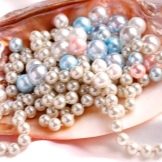
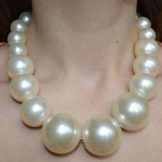
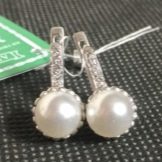

Concerning synthetic stone deficiencies, then not every similar pearl can have a sparkle like a natural one. She does not have such beautiful overflows and radiance. In addition, the absence of a natural (porous) structure gives artificial pearls.
Imitation is afraid of reagents, as well as contacts with cosmetic preparations.
Compared to the natural mineral in imitation not so long life resource. As a rule, it does not exceed fifty years. In this case, the replica must be protected because of its fragility. Besides many of its shades are completely unusual for natural pearls, and some change color during operation.
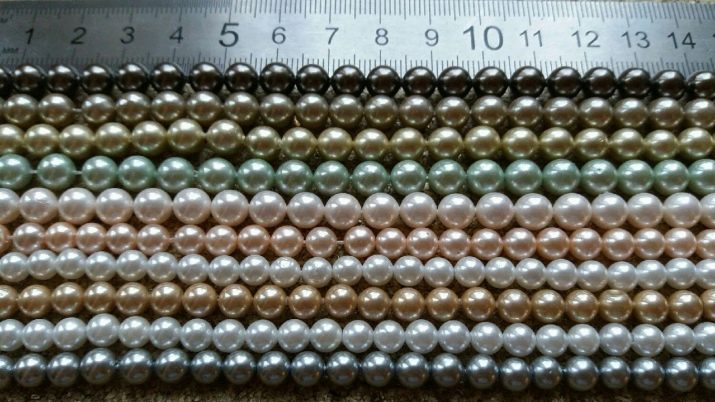
How to distinguish a fake?
Despite the apparent similarities, there are still differences between the real and the artificial stone. For example, when buying it is important to pay attention to the shape of the stone: in imitation, it is almost perfect, which cannot be said about the real mineral. The surface of the fake is perfect: it is flat, smooth. Its shape is round, which is not the case with natural pearls that develop naturally and do not differ in surface evenness.
Imitation is different in weight: it is always lighter than real pearls.If you look closely at the jewelry, you will notice that pearls differ in size and shape. The fake has all the stones of the same size and impeccable shape. At the same time, their shine is devoid of depth and natural overflows.
If you toss the real grain over the surface of the table, it will bounce, while the simulation will not bounce and roll around the table.
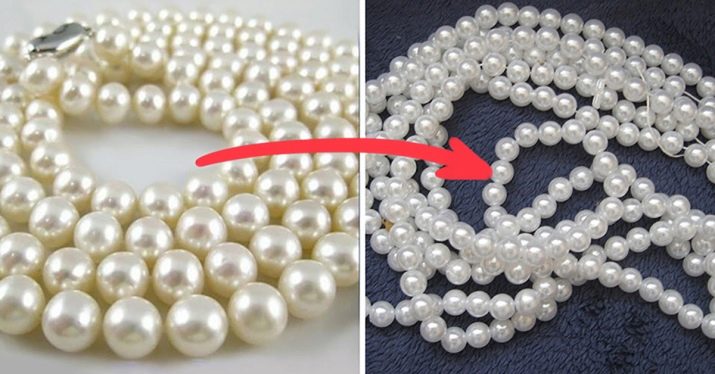
Natural pearls are distinguished by the same color of stones, while natural pearls differ in shades of each grain in one piece of jewelry. A closer look at the pearls of synthetic origin at the holes reveals chips. At the same time, inside the hole you can see the material from which the concrete grain was made.
Imitation can be determined by tactile sensations. Unlike a real mineral, the replica is not so cool. Besides, fake stone warms too quickly if picked up. Just as quickly, it gains the temperature of the room in which it is located.
When rubbing pearls against each other, artificial minerals do not emit the characteristic creak inherent in real pearl grains.
The difference is also determined by the strength of the stone: that created by human hands is prone to scratches. At the same time, traces of other damage remain on it, but not on natural pearls. Imitation also ages faster due to dust, high humidity and temperature differences. The history of one real jewelry can be estimated in centuries.
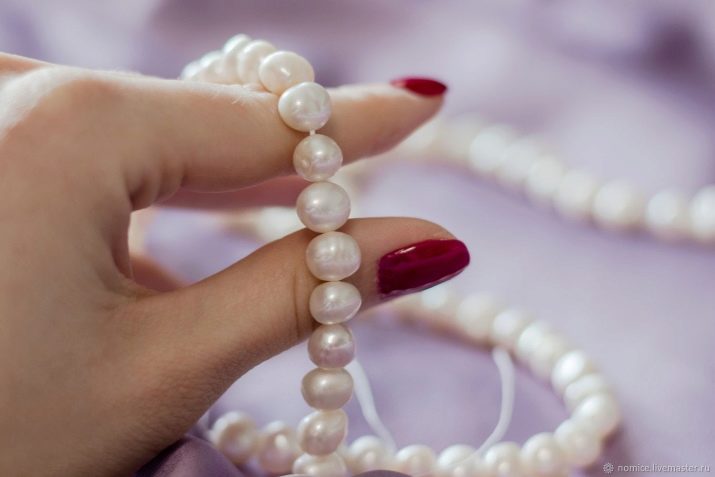
Care
Like any natural stone, artificial pearls also need timely care. To make jewelry look decent, it is worth considering several recommendations.
- Decoration can be wiped only with a napkin or cloth.
- You can not lower it into water, try to clean it by placing it in a solution with a chemical preparation.
- Strong contamination is recommended to be removed only with a damp cloth.
- You can not try to clean the jewelry with artificial pearls using steam or ultrasound.
- Such products must be stored in special bags or in caskets with velvet upholstery.
- Contacts of synthetic pearls with a solution of alcohol, vinegar, bleach, perfume, deodorants and creams are not allowed.
- Wearing jewelry without having a haircut is undesirable. Artificial stone does not withstand contact with hair styling products.
You can not swim without removing jewelry, take a bath with him, shower, do not take off in the sauna, bath, and pool.
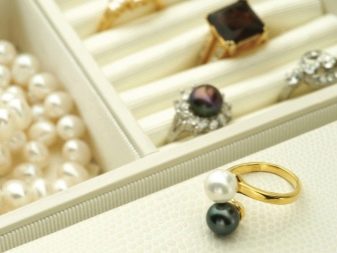
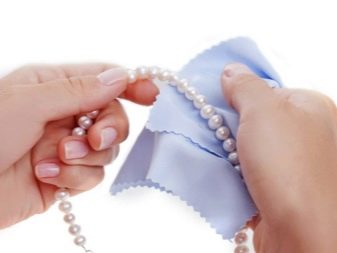
In the next video, you can watch the process of creating artificial pearls.
